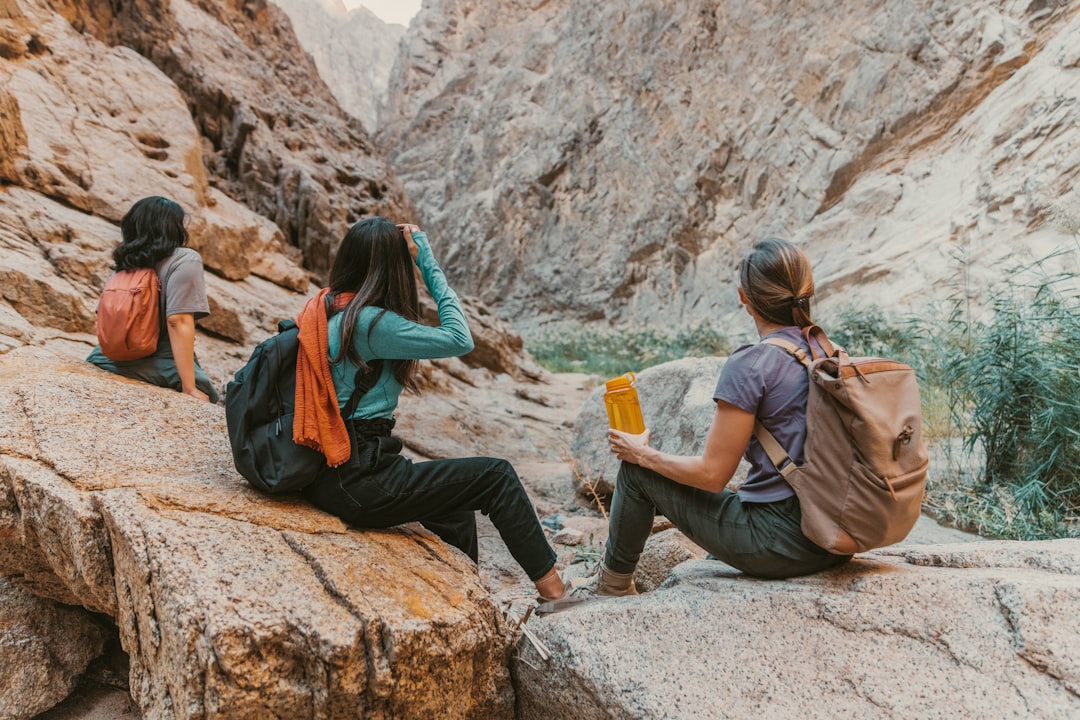
Adventure Destinations with Unique Wildlife: A Journey into Nature's Marvels.
# Introduction. Exploring the great outdoors is one of the most liberating experiences one can have, especially when it involves unique wildlife. Adventure destinations teeming with diverse fauna not only offer thrill and excitement but also provide a glimpse into nature’s majestic creations. From the tropical rainforests of Costa Rica to the rugged terrains of Madagascar, these unique wildlife spots are bursting with opportunities for adventure and discovery. This blog will likely inspire wanderlust and ignite your adventurous spirit as we delve into some of the most extraordinary adventure destinations around the globe. # Costa Rica: A Tropical Biodiversity Paradise. Costa Rica, a gem in Central America, is often recognized for its stunning biodiversity, with over 500,000 species of wildlife. This country is a playground for eco-adventurers and anyone keen on observing creatures that are hard to find elsewhere. The famous Monteverde Cloud Forest Reserve is an ideal destination for birdwatching, home to the resplendent quetzal among other unique avian species. Nature hikes and zip-lining through the canopy will leave visitors immediately enveloped in the vibrant ecosystem of the rainforest. Besides the thrilling outdoor activities, travelers can encounter a variety of wildlife such as sloths, monkeys, and diverse reptiles. For those willing to venture to the Osa Peninsula, Corcovado National Park is a must-visit. It is one of the most biodiverse regions on the planet, offering opportunities to see not only the endangered jaguar but also tapirs and an array of exotic birds. The combination of action and conservation makes Costa Rica a top-tier destination for animal and adventure lovers alike. # Madagascar: The Land of Unique Species. Madagascar is an island nation with an extensive list of endemic species — over 90% of its wildlife can’t be found anywhere else on Earth. It's a dream destination for wildlife enthusiasts who yearn for adventure. Lemurs are among Madagascar’s most famous inhabitants, and visitors can explore various national parks such as Andasibe-Mantadia, where they can easily spot the indri indri, the largest living lemur species. In addition to lemurs, Madagascar is home to an incredible array of reptiles, amphibians, and birds. The otherworldly Avenue of the Baobabs and the otherworldly landscapes of Tsingy de Bemaraha are worth the trek for their striking natural beauty. Trekking through the lush rainforests and discovering the country’s unique biodiversity offers travelers a truly immersive experience. For adventure seekers, Madagascar is a treasure trove just waiting to be uncovered. # Galapagos Islands: Natural Wonder and Evolution. The Galapagos Islands, an archipelago about 600 miles off the coast of Ecuador, are famed for their role in Charles Darwin's theory of evolution. With its unique ecosystems and wildlife, the islands boast an array of species found nowhere else in the world, including the Galapagos tortoise, marine iguanas, and blue-footed boobies. Visitors can engage in activities like snorkeling with sea lions, hiking volcanic terrains, and observing wildlife in its most unaltered state. The guided tours offered in the islands provide valuable insights into the ecological importance of the area as well as conservation efforts being made to protect the endemic species. Each island in the Galapagos has its own unique landscape and wildlife, making it a fantastic place to adventure while garnering knowledge about the island’s ecosystems and the importance of preservation. # Alaska: A Wild Frontier. When envisioning adventure and wildlife, few places capture the essence quite like Alaska. Known for its breathtaking landscapes and wildlife-rich terrains, Alaska is an adventurer's playground. The Kenai Fjords National Park is renowned for its large numbers of sea otters, puffins, and whales, making it a prime location for boat tours that showcase some of the most iconic species in the region. Wildlife enthusiasts can also travel to Denali National Park, where getting up close to grizzly bears, moose, and wolves is an unforgettable experience. To truly experience Alaska's rugged beauty and diverse wildlife, visitors can engage in activities such as kayaking among icebergs, fishing in serene waters, or embarking on scenic hikes through the trails of the various national parks. Each season in Alaska offers its own unique experiences from the mesmerizing northern lights in the winter to the lush greenery of summer, ensuring that every trip is exceptional. # Conclusion. The world is rich in adventure destinations that are teeming with unique wildlife waiting to be explored. From the enchanting rainforests of Costa Rica to the unique ecosystems of Madagascar, the natural wonders of the Galapagos Islands, and the breathtaking landscapes of Alaska, travelers have the opportunity to connect with nature like never before. These wildlife encounters not only thrill the senses but also provide essential insights into the importance of conservation efforts. Exploring these locations and observing creatures in their natural habitats are experiences that leave lasting impressions, urging all adventurers to become mindful stewards of our planet's natural beauty. As you plot your adventure, let these destinations lead you into nature’s magnificent embrace. .









